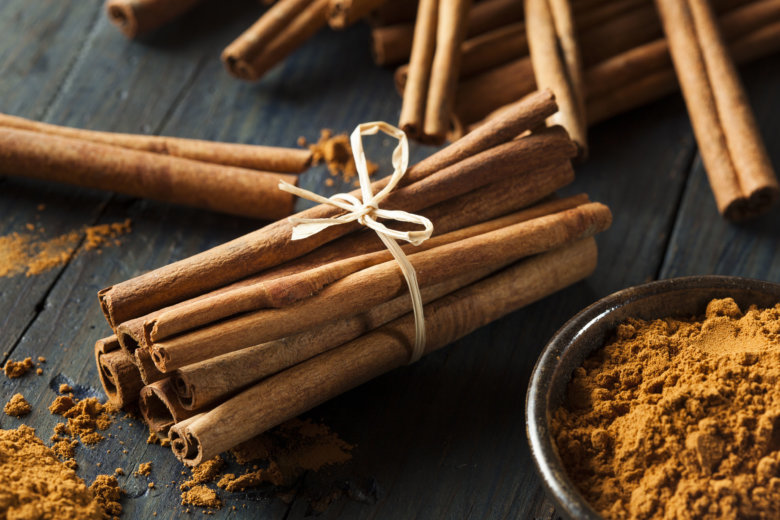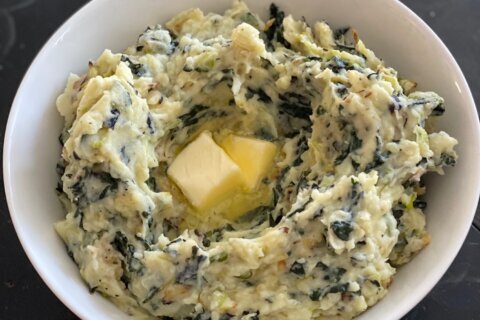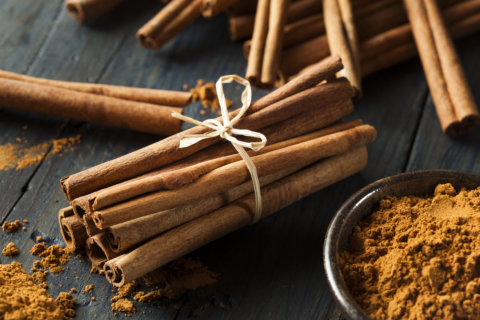
Fall is a popular favorite season because it’s crisp, colorful and comfy. But there’s yet another reason to love this time of year: It’s healthy — or at least can be. Simmering research suggests that wonderful fall foods aren’t only rich with flavor, but they’re also packed with nutrition and health benefits. Here are six ingredients you need to embrace this season — and ideas for how to use them:
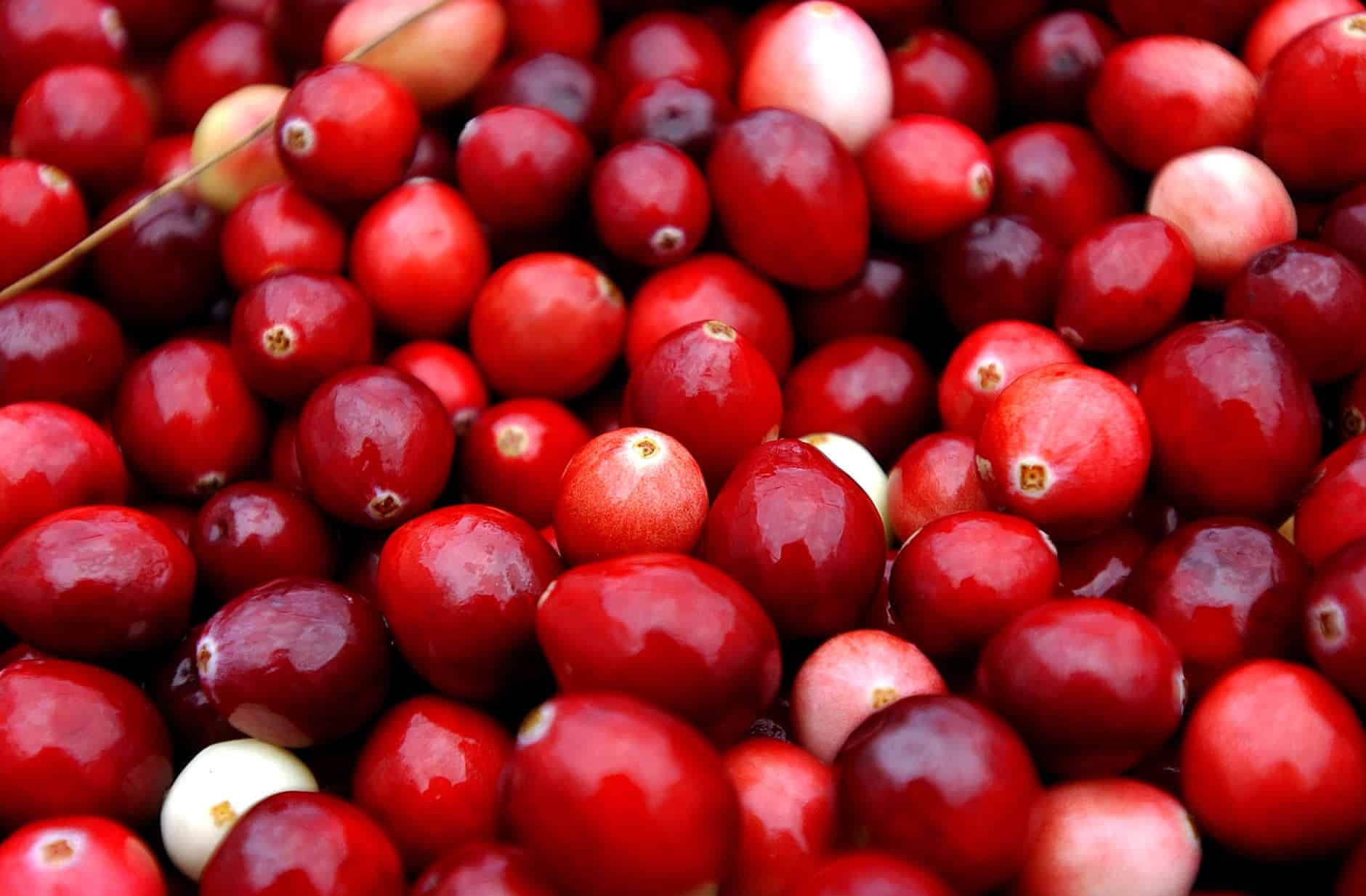
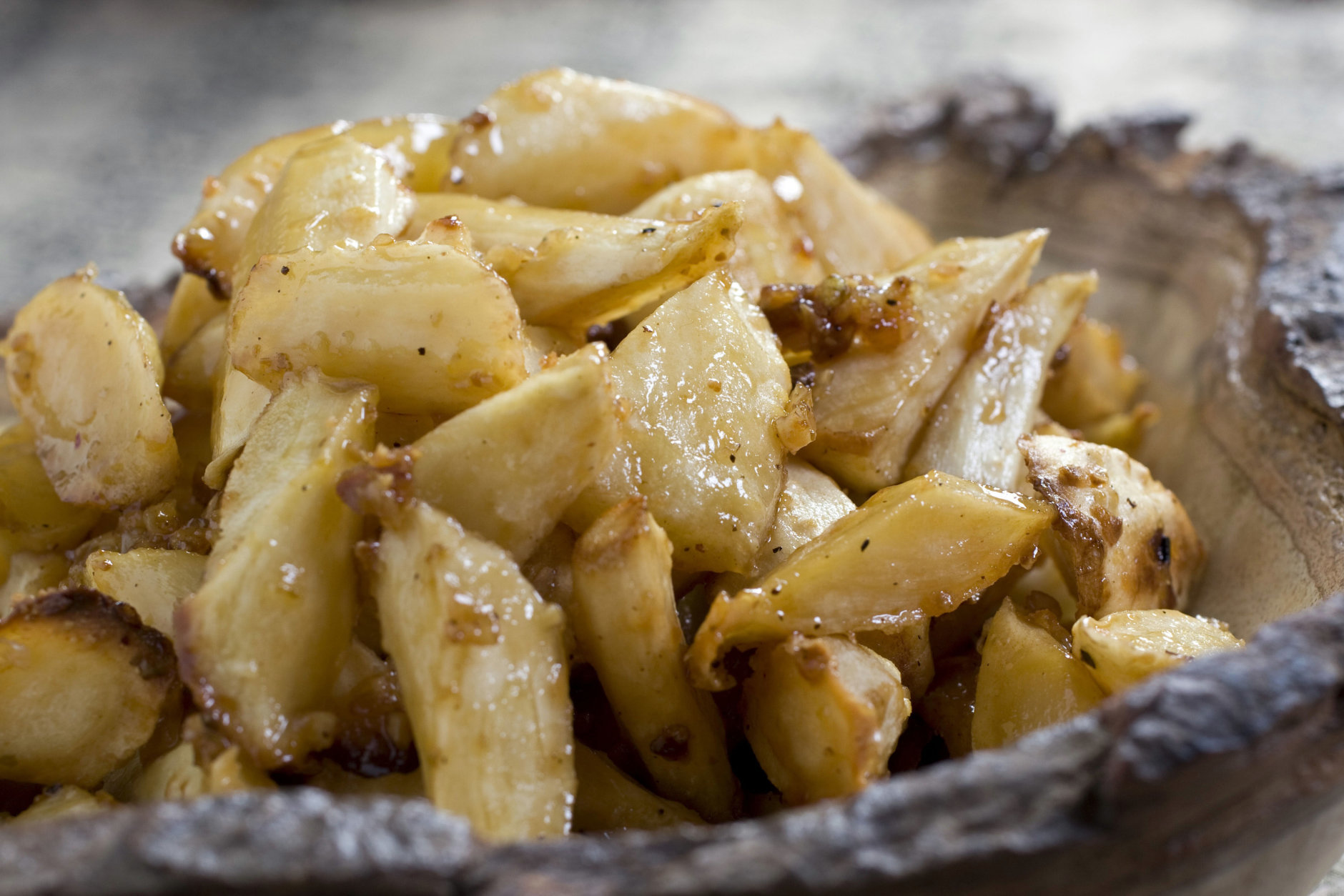
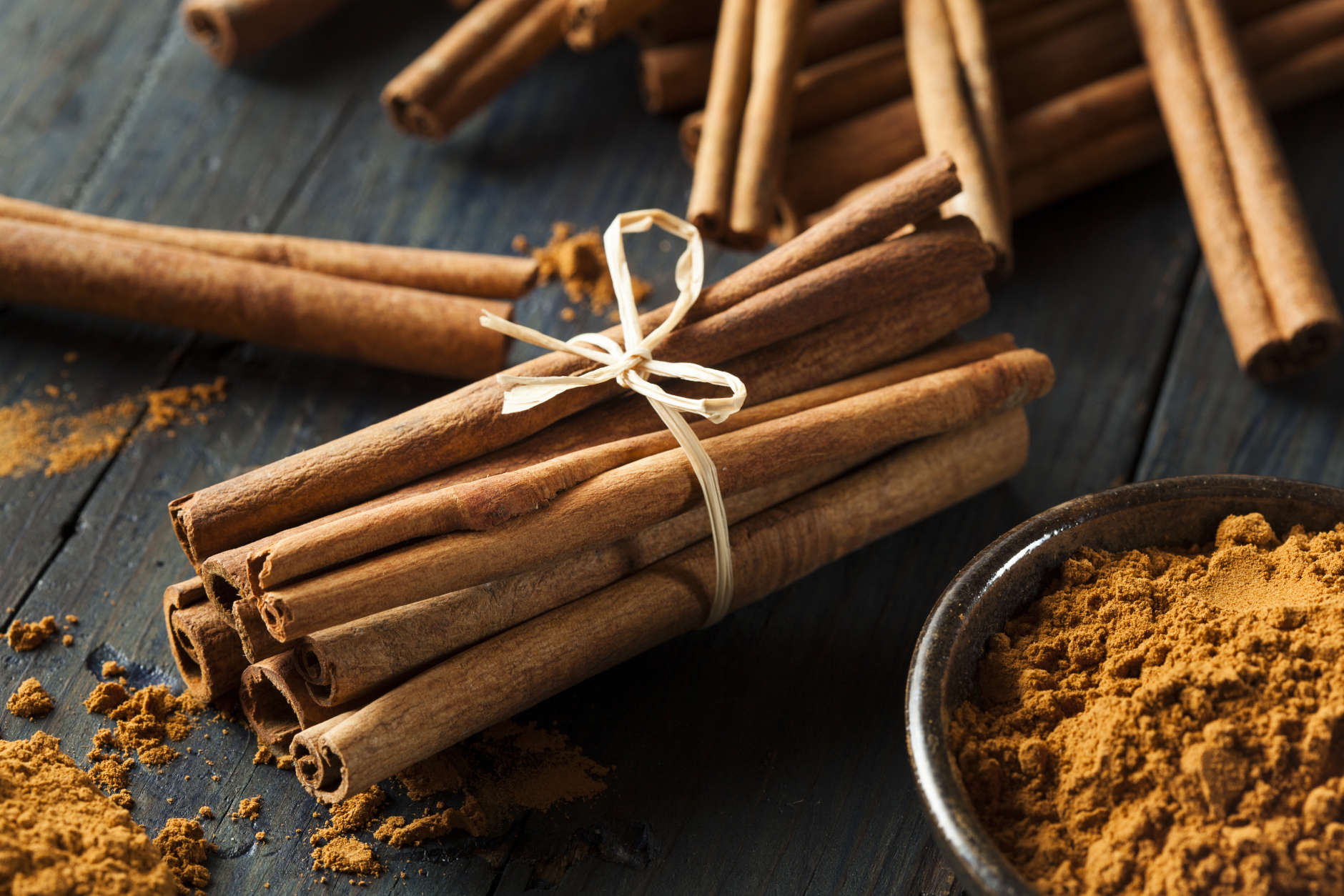
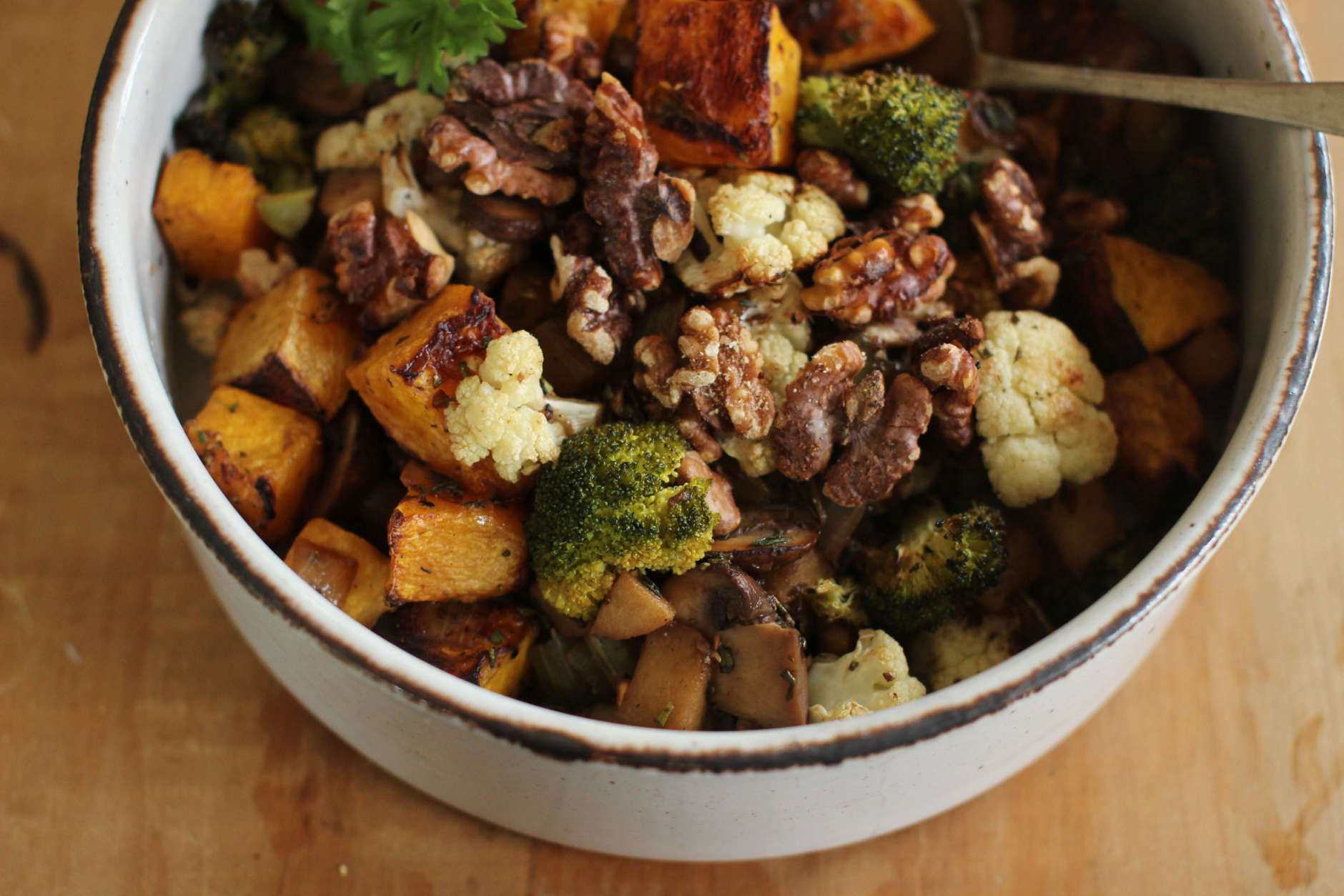
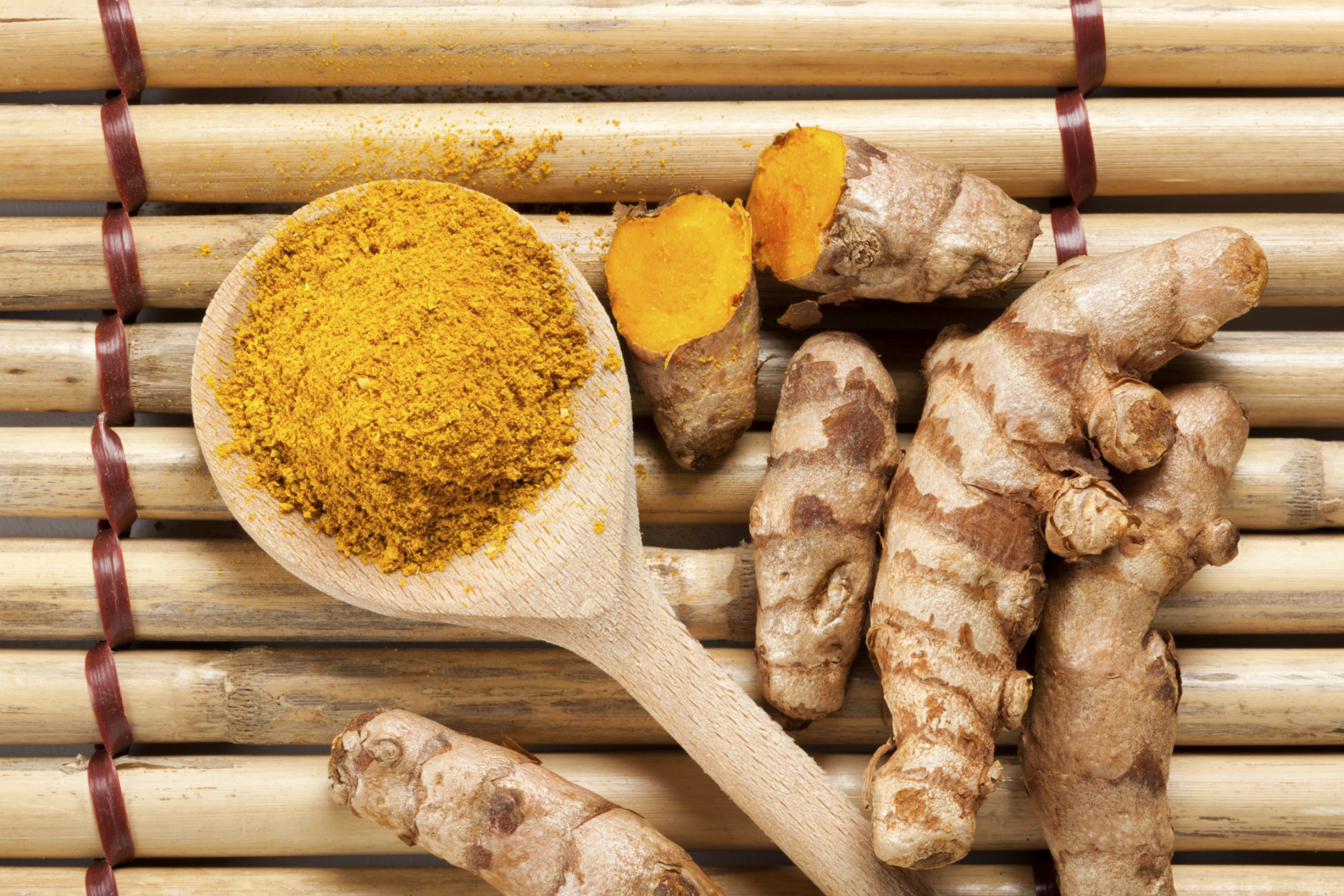
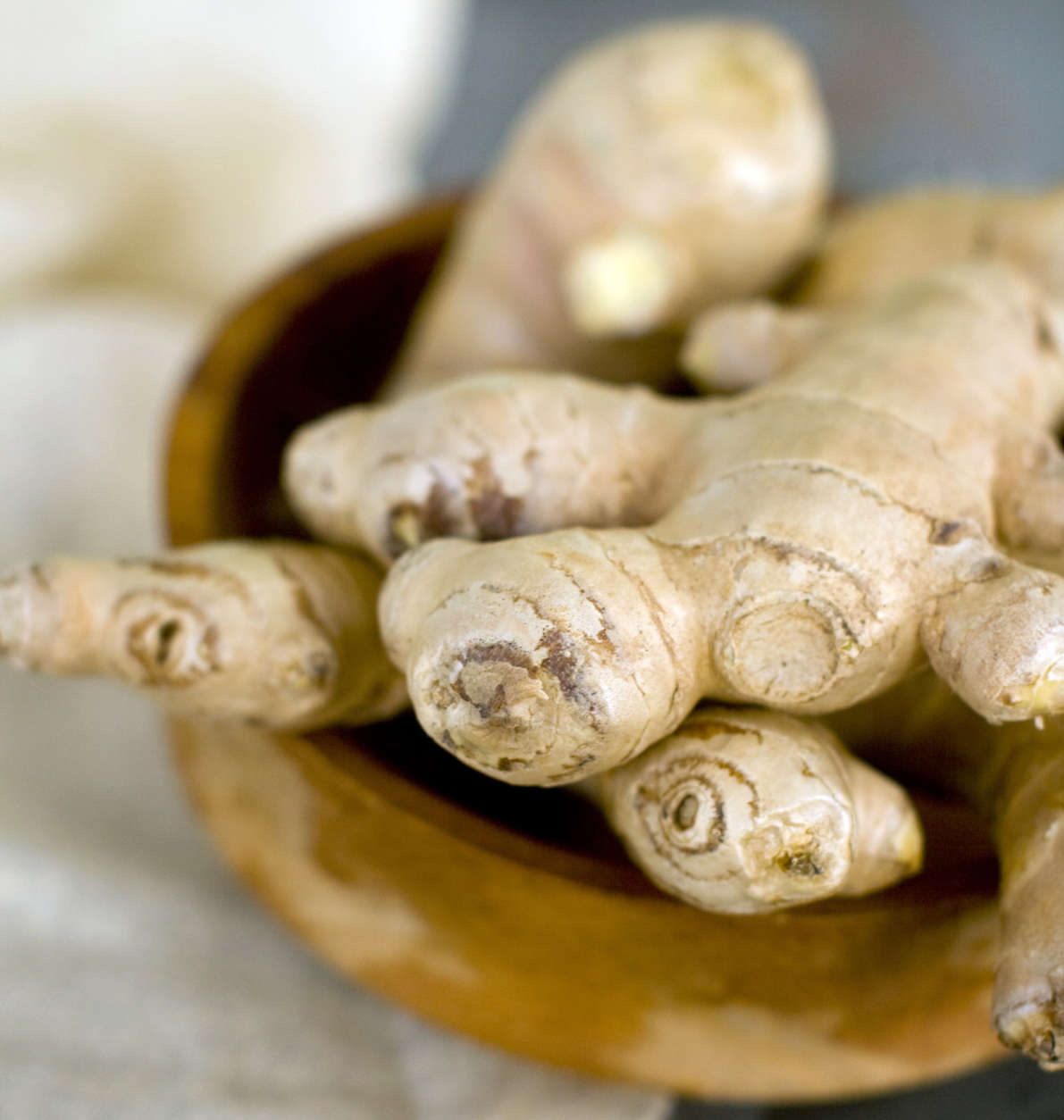
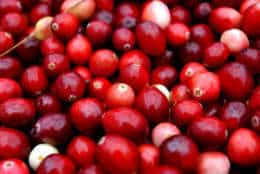
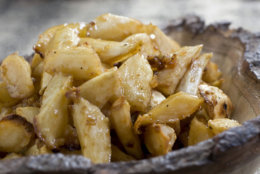
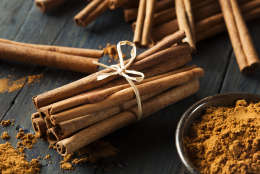

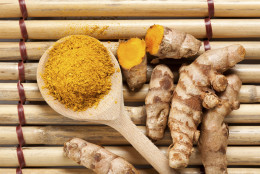
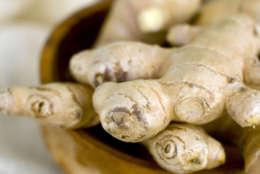
Enjoy this homemade (but easy-to-make) soup full of fall flavors:
Fall Vegetable Soup Italiano
Servings: 9
1 tablespoon olive oil 2 garlic cloves, crushed
1 large Spanish onion, chopped
2 large carrots, peeled and sliced
4 cups broccoli florets
2 cups sliced zucchini
28-ounce canned Italian peeled tomatoes, low sodium
2 cups water
1 teaspoon Italian seasoning
1 bay leaf
1/2 teaspoon salt
1/4 teaspoon black pepper
9 tablespoons fresh grated Parmigiano-Reggiano or fresh Parmesan cheese
In large soup pot, saute garlic in olive oil for one minute. Add onion and saute for an additional three minutes.
Add remaining ingredients, except the cheese. Simmer for 45 minutes to one hour.
Discard bay leaf, and ladle soup into individual bowls.
Top with 1 tablespoon cheese.
Nutrition information per 1-cup serving: 105 calories; 4 g fat (1.5 g saturated); 5 mg cholesterol; 284 mg sodium.
More from U.S. News
6 Healthy Fall Ingredients — and How to Use Them originally appeared on usnews.com

